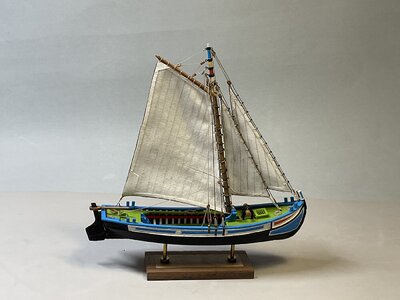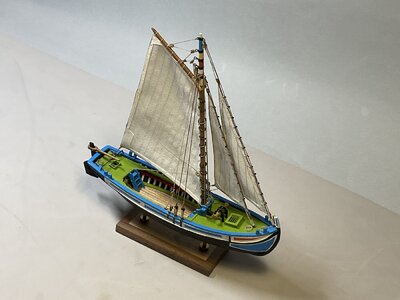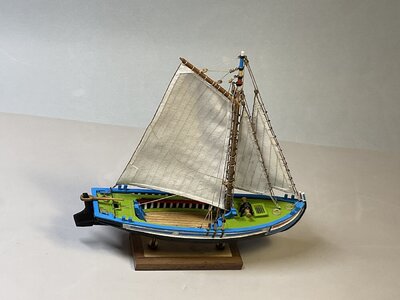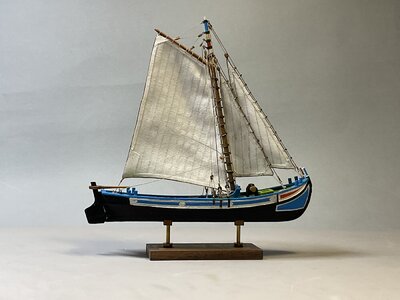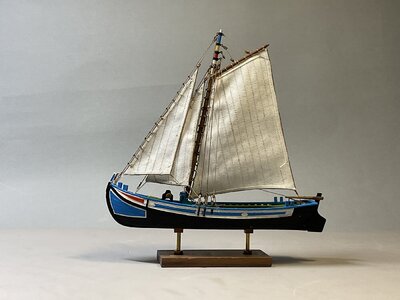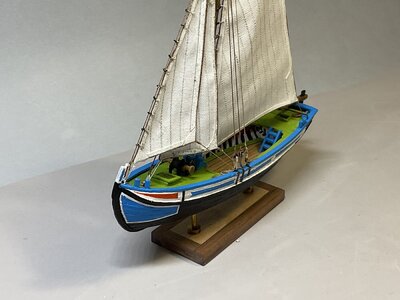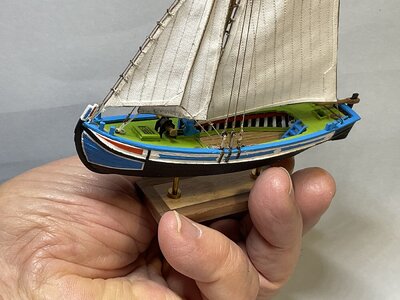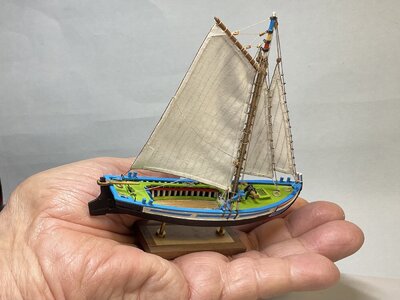- Joined
- Oct 22, 2018
- Messages
- 150
- Points
- 253

The cargo varinos appear as a response to the need to transport certain goods (cork, salt and wood) both from one river of the Tagus to the other, as well as for the cargo of the merchant ships that were waiting anchored at its mouth. In the last years of the 19th century, cork factories and warehouses were established on the south river of the Tagus, in the area of Moita, Amora, Seixal, Arrentela and Sarilhos. They were areas of long beaches with swampy areas that were exposed at low tides, making their access very difficult or impossible for boats that, due to their round bottom and keel, had an excessive draft for those shallow waters and In addition, they were heavily heeled when they ran aground, unlike the varinos, whose flat bottom allowed them a good horizontal trim. The varinos were flat-bottomed boats that had two cabins, the forward one for the crew and the stern one for the skipper, and an open central space for cargo stowage. Its stern was squared and its rudder was handled with a cane. Initially they were rigged with a bastard lateen sail, which evolved into a gaff sail spanned to a mast (mão da carangueja) with a marked backward inclination and equipped with one or two stays. Their displacement reached 80,100 and up to 120 tons, and their lengths reached 20 m.
